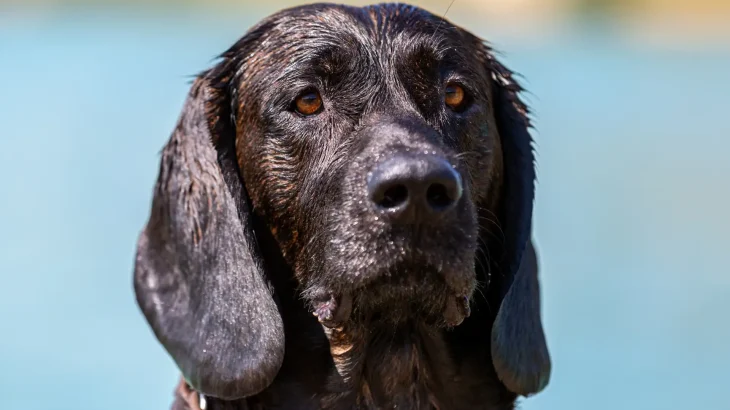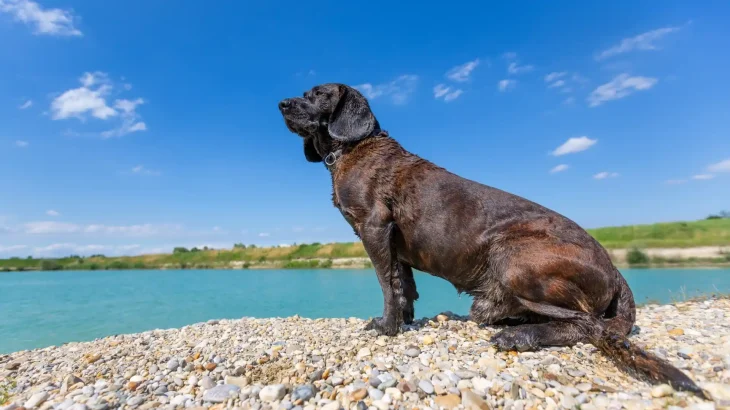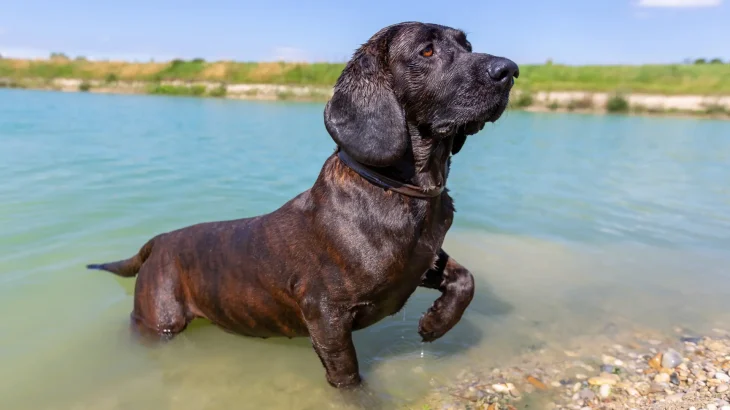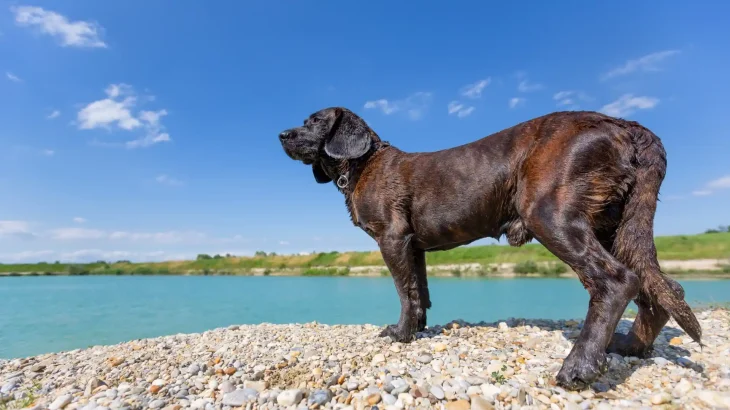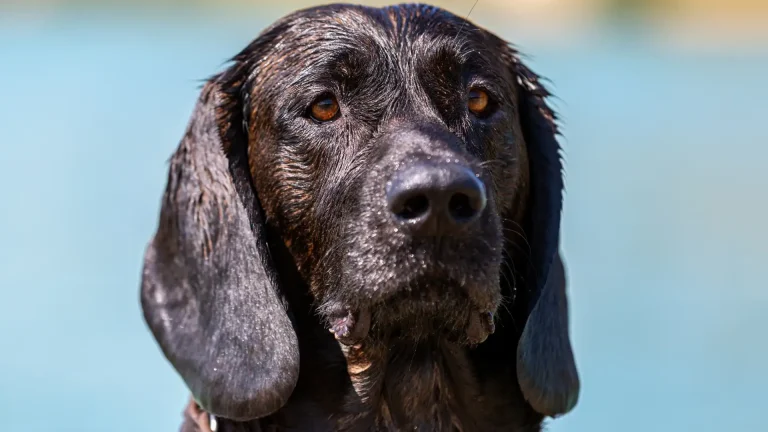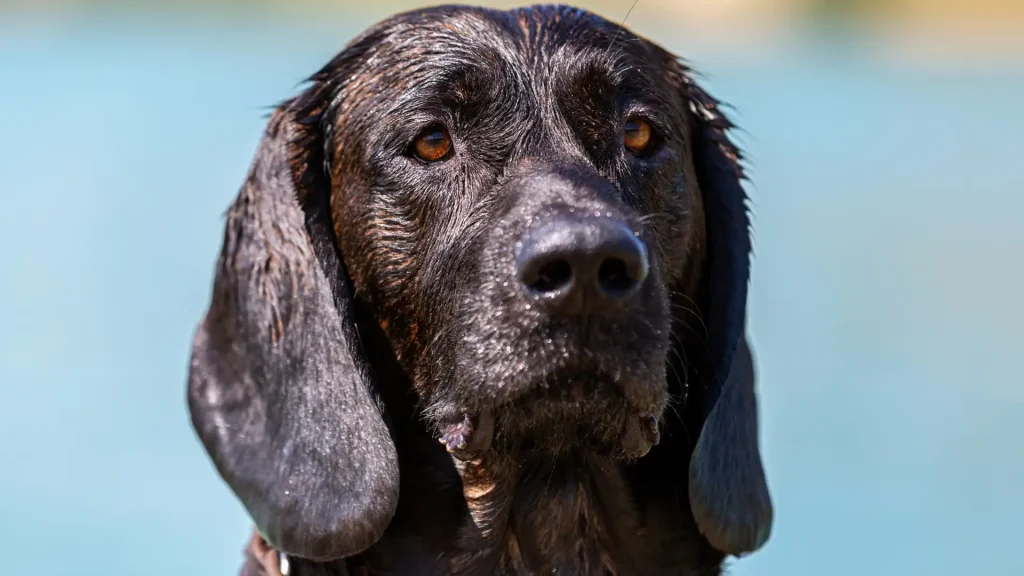Deciding whether to adopt or purchase a Hanoverian Hound puppy often comes down to balancing certainty and support versus opportunity and cost. Purchasing from a breeder can offer clearer insights into the puppy's health and lineage, while adoption provides a chance to give a home to a dog in need, sometimes with less predictable background information.
| Criteria | Buying from Breeder | Adopting from Shelter/Rescue |
|---|---|---|
| Cost | Higher upfront cost, reflecting purebred status and breeder investment. | Generally lower adoption fees, a more affordable option. |
| Health History | Breeders provide detailed health records and info on genetic concerns. | Health history may be incomplete, but basic screenings are usually done. |
| Age Availability | Primarily offers puppies to raise from a young age. | Variety of ages available including older dogs. |
| Temperament Insight | Breeders share insights based on lineage and early socialization. | Shelter staff provide behavioral info, though history may be limited. |
| Supporting Practices | Supporting ethical breeders helps breed preservation and responsible breeding. | Supports animal welfare by providing homes to dogs in need. |
| Breed Purity & Pedigree | Clear documentation ensuring breed standards. | Breed purity may be uncertain or mixed. |

